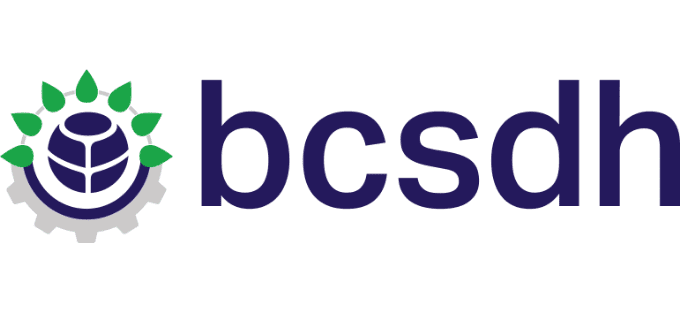Protein production in circulation
„Our aim is to create a more efficient and sustainable feed production system than ever before, using environmentally friendly technologies. We are improving our processes every day to further contribute to the development of a circular biomass-based domestic economy.”
Rajmond Percze, Managing Director
Company name:
Agroloop Hungary Kft.
Implementation Year:
2017
Focus Areas:
Circular economy, Climate change, climate adaptation
Program Objective:
Agroloop Hungary Ltd. aims to reduce European protein exposure by producing feed from locally available, low feed-grade raw materials, which it converts into premium quality feed protein and fat using fly larvae. Globally, one third of all food produced for human consumption, around 1.3 billion tonnes per year, ends up as waste or is wasted. These are often industrial-scale by-products with valuable nutritional content. Agroloop has recognised the potential of these resources and, thanks to its circular operation, is able to recycle them without any pollution.
Program Measures and Commitments:
We are also investing more than €20 million to expand our black soldier fly rearing and processing operations on the outskirts of Budapest. In our circular model, we feed insect larvae to food by-products at the bottom of the feed value chain, and then use the larvae to produce premium feed ingredients for pets and livestock. Since many apples are grown in Hungary, juice producers produce a lot of pomace and fruit pomace. This is wet and does not keep very long, so it cannot be transported very far. The same is true for unused parts of maize, or even wheat bran, but it is also the raw material for packaged salads, and for insects, for example, cabbage stalks or unused parts of salads are perfect. It is from these ‘organic by-products’, which others have already discarded or burnt, that the biomass is produced to feed the black soldier fly larvae. The larvae rapidly increase their body mass, grow in an automated system, confined in thousands of crates, and eventually all the adult larvae and the compost (insect excrement) produced as by-products are used. The premium quality feed protein and oil provides an excellent feed material for pet food (dogs, cats) and livestock feed (pigs, poultry). The potting soil-like excrement of the larvae is used to produce compost that is both suitable for restoring the eviscerated soil and also provides essential nutrients for the plants. In this system, resources are used for as long as possible, waste and pollution are minimised and products are recycled, repaired or reused at the end of their life cycle.
Program Impact and Results:
Unlike feed protein from the average livestock production, insect larvae and their feedstocks can be produced on a comparatively smaller land area and using less water, with lower carbon emissions, per unit weight. Insects are cold-blooded and therefore use significantly less energy during their life cycle, requiring only 10 litres of water to produce 1 kg of high quality feedstock, compared to, for example, a water footprint of 2,000 l/kg for soy production, an average of 5,500 l/kg for pork and up to 16,000 l/kg for red meat.
Related Links:
Keywords:
circular economy, insect protein

